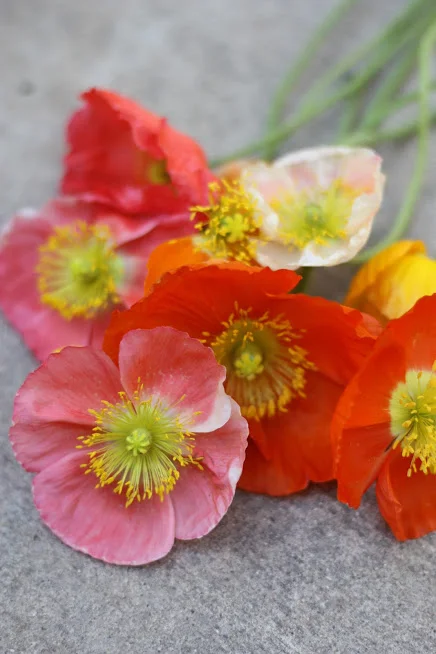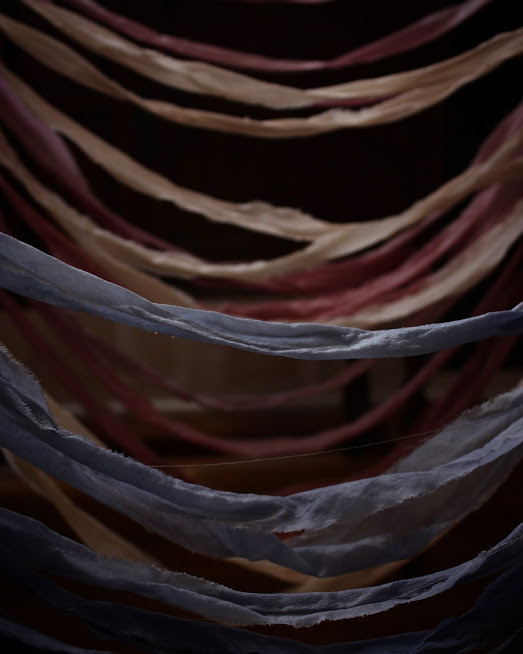Daucus, also commonly called Chocolate Lace Flower, Chocolate Flower, Chocolate Queen Anne’s Lace, came onto the scene a few years back and took the florist and flower growing world by storm.
The umbellifer heads floating like clouds on strong long stems are such a beautiful sight. The variation in color runs from a dark burgundy to light cocoa to a bright white and changes as the flower ages. Even after the bloom is finished, the seed heads are this awesome weird curly magical structure that looks like some sort of chair a tiny fairy might sit on.
Despite looking like a color variant of Ammi, it is only distantly related to the Ammi majus and is actually a variety of Queen Anne’s Lace (the wild carrot that is endemic to the UK). It grows fairly quick - blooming in 65 days from seed - and from my experience blooms for a much longer period than Ammi.
Read More







